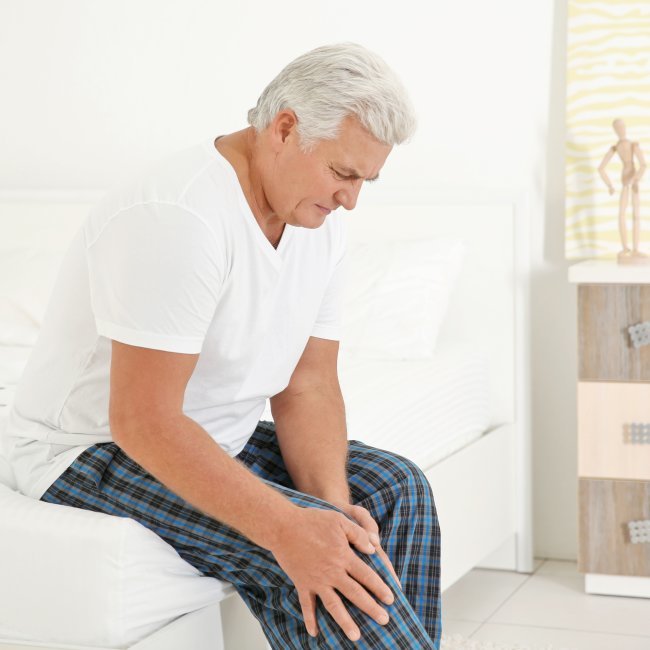


Physicians
Orthopedic Surgery
Shoulder & Knee
Sports Medicine
 Healthgrades
Healthgrades
Body parts
Your knee is comprised of three bones—the femur (thighbone), patella (kneecap) and tibia (shinbone). To bend and straighten your knee joint, cartilage makes it possible. The smooth, slippery substance covering the ends of your knee bones acts as a shock absorber to protect and cushion the joint as you move. If cartilage in the knee joint gets damaged or wears away, a form of bone-on-bone arthritis, known as osteoarthritis, can result. There are over 100 different forms of arthritis, but osteoarthritis is one of the most common.
Knee arthritis, specifically osteoarthritis, can be caused just by using your knees and getting older. The wear and tear of daily physical activity can erode knee cartilage. Knee osteoarthritis can strike anytime, but it’s most common after age 50.
Playing sports that involve jumping, twisting and colliding with other players, or quickly changing direction can cause knee injuries that lead to knee osteoarthritis in people of all ages. Meniscus and ACL tears, for example, which are common sports injuries, can increase the risk of knee osteoarthritis.
To diagnose arthritis, your OINJ knee doctor will take a medical history and examine your knee. Be sure to mention your symptoms and what makes the pain better or worse. Your doctor may also order tests, such as an X-ray, which can show how much healthy cartilage is cushioning your knee joint (if any) as well as damage to bone. When knee bones rub together, bone spurs (growths) can develop. An X-ray can also detect the presence of bone spurs. Your OINJ knee doctor may also order an MRI or CT scan to determine the cause of your pain.
If your arthritis pain isn’t too debilitating, non-steroidal anti-inflammatory drugs (NSAIDS), exercise or other interventions may be all you need to manage your symptoms. Your doctor may also suggest losing weight, if necessary, to reduce the force on a joint, strengthening the muscles surrounding your ailing knee with activities such as swimming, cycling, yoga and Pilates or physical therapy, and corticosteroid injections (cortisone) relieve arthritis pain and reduce inflammation and swelling.
If your X-ray shows there's little to no cartilage cushioning your knee joints and everyday activities such as walking around the block, driving your car or taking the stairs are so painful you avoid doing them, your doctor may recommend total or partial knee replacement surgery, known as knee arthroplasty.
The surgery involves shaving about a quarter of an inch off the ends of the thigh bone and shin bone, securing metal caps to the femur and the tibia with bone cement and placing a plastic cushion between these two metal parts to replace the missing cartilage. Most of your ligaments are left intact to provide stability for the new joint.
After undergoing knee replacement surgery, physical therapy can help restore your knee strength and mobility faster.